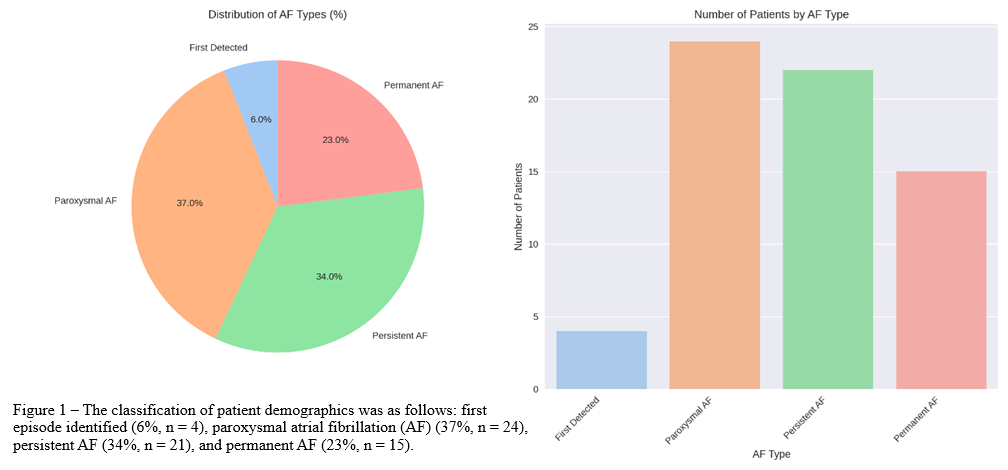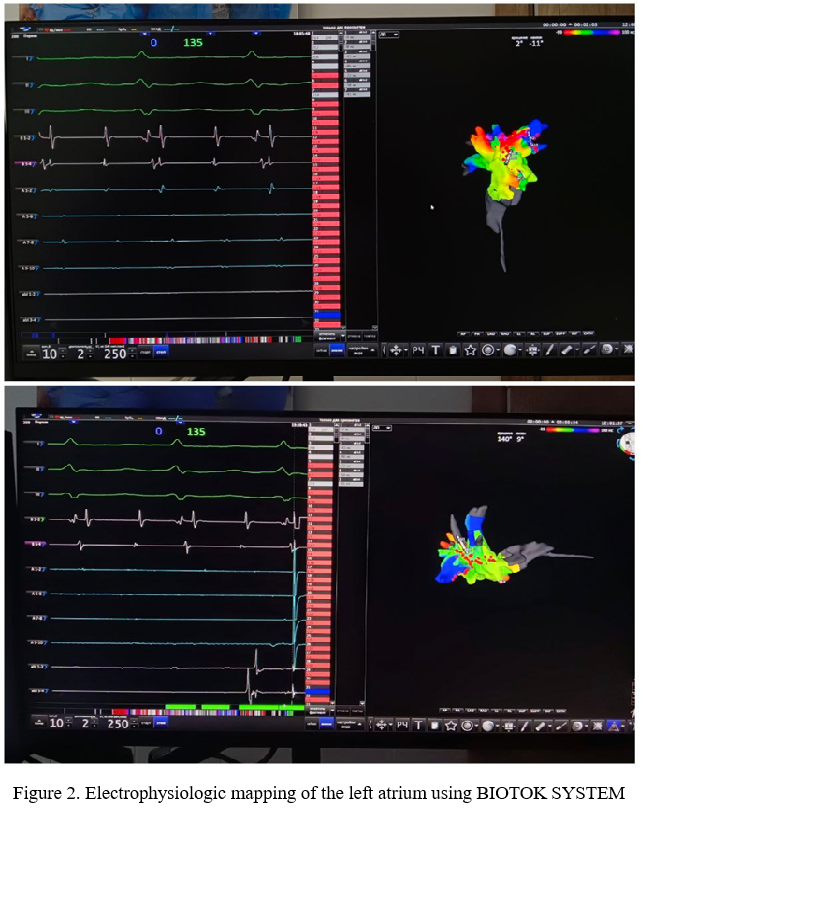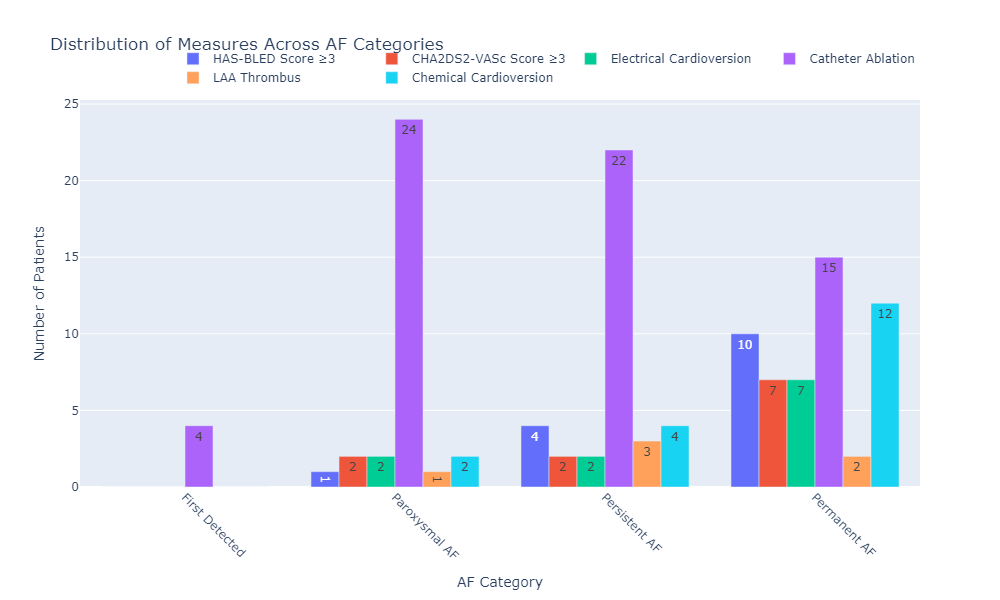Lots of interesting abstracts and cases were submitted for TCTAP 2025. Below are the accepted ones after a thorough review by our official reviewers. Don’t miss the opportunity to expand your knowledge and interact with authors as well as virtual participants by sharing your opinion in the comment section!
TCTAP A-081
Impact of Catheter Ablation on Outcomes in Patients With Atrial Fibrillation: A Prospective Study
By Kamoljon Shamsiev, Avishek Mitra
Presenter
Kamoljon Shamsiev
Authors
Kamoljon Shamsiev1, Avishek Mitra1
Affiliation
Bukhara State Medical Institute, Uzbekistan1
View Study Report
TCTAP A-081
Other Endovascular Intervention
Impact of Catheter Ablation on Outcomes in Patients With Atrial Fibrillation: A Prospective Study
Kamoljon Shamsiev1, Avishek Mitra1
Bukhara State Medical Institute, Uzbekistan1
Background
Atrial fibrillation is the most common arrhythmia in adults, and catheter ablation has become a key strategy managing atrial fibrillation and is recommended in clinical guidelines as a class I indication for patients unresponsive to or intolerant of antiarrhythmic drugs, as well as a primary intervention for symptomatic cases. However, there is limited data on post-procedural outcomes in Central-Asian population. Our study aims to evaluate the clinical outcomes of patients with atrial fibrillation undergoing catheter ablation.
Methods
The study was conducted at our singular academic institution between February and May 2023. A total of 102 patients with various conduction disturbances were evaluated, out of which 64% (n = 65 ) patients opted for Catheter ablation. The demographics of the patients were categorized as follows: first episode identified 6% (n = 4), paroxysmal atrial fibrillation 37% (n = 24), persistent atrial fibrillation 34% (n = 22), and permanent atrial fibrillation 23% (n = 15). The preoperative anticoagulation regimen included Pradaxa(dabigatran) at a dosage of 150 mg BID, along with heparin at 5000 IU QID. Among these, 11 patients were involved in rhythm control therapy. During follow-up evaluations for rhythm control therapy or ablation procedures, thrombus in the left atrial appendage (LAA) was identified in 6 patients. Chemical cardioversion was attempted in 18 patients, with varying success across different atrial fibrillation types. In patients undergoing catheter ablation, hemostatic sheaths were placed in the internal jugular and femoral veins to facilitate the procedure. Electrodes were threaded through these sheaths into the coronary sinus and mapped the right atrium. After performing a transseptal puncture via right femoral access under fluoroscopic guidance, the Preface and Agilis systems were used to enhance electrode contact stability while delivering energy to the left atrium. Radiofrequency ablation was sequentially performed on both right and left pulmonary veins using irrigated Thermocool SF DF electrodes with specific parameters for temperature, power, and exposure times. An anatomical map of the left atrium was created using an electrophysiological and navigation system during the procedure. Post-ablation, all patients were prescribed antiarrhythmic therapy with Cordarone (Amiodarone)at a dosage of 200-600 mg per day and Eliquis (Apixaban) at 5 mg BID for at least 8 weeks.




Results
A total of 102 individuals were assessed using theCHA2-DS2-VASc Score. The scoring distributions were nearly identical between male and female cohorts. A greater proportion of patients received evaluations yielding a score of ≤2, with 27 males and 41 females classified in this category. Conversely, a more pronounced risk was indicated by scores of ≥3 for both sexes, with 2 patients in each group. Additionally, the HAS-BLED Score was utilized to assess the risk of bleeding complications in the same cohort of 102 patients. Among these, 44 females and 25 males were classified with scores of≤2. Only 2 females and 1 male patient were categorized with scores indicative of high risk (≥3). Anticoagulation therapy was administered, with the selection of Dabigatran dosages based on the findings. A cumulative total of 65 patients underwent their initial ablation procedure, comprising 45% male and 55% female participants, with a mean age of 52 years. Throughout the observation period, no instances of sudden mortality, hemorrhagic events, acute myocardial infarction, cerebrovascular accidents, transient ischemic attacks, or peripheral vascular diseases were reported. Only 7 patients experienced a recurrence of their condition, with no recurrences noted after the second intervention for these individuals. Six patients were identified with left atrial appendage (LAA) thrombus after two months of treatment with the oral anticoagulant Dabigatran (150mg BID) alongside other cardiotonic antiarrhythmic agents. Following successful therapeutic intervention, all patients who underwent transesophageal echocardiography (TEE) demonstrated complete recovery.


Conclusion
Our findings demonstrate that catheter ablation emerges as a powerful treatment option for a wide array of atrial fibrillation patients. A remarkable proportion of individuals in our study achieved successful catheter ablation, accompanied by a minimal rate of procedural complications. This aligns with previous research that has powerfully highlighted the safety and effectiveness of catheter ablation for atrial fibrillation. Our research further emphasizes the critical importance of an electrophysiological and navigation system, successfully preventing any life-threatening complications. However, a limited number of patients did experience recurrent arrhythmias, underscoring the necessity for vigilant monitoring and the potential for repeat procedures. Looking ahead, we are conducting observational studies across multiple hospitals, increasing our patient cohort, and we are also comparing different outcomes among various novel oral anticoagulants such as rivaroxaban and dabigatran monotherapy in patients with LAA thrombus along with atrial fibrillation.


